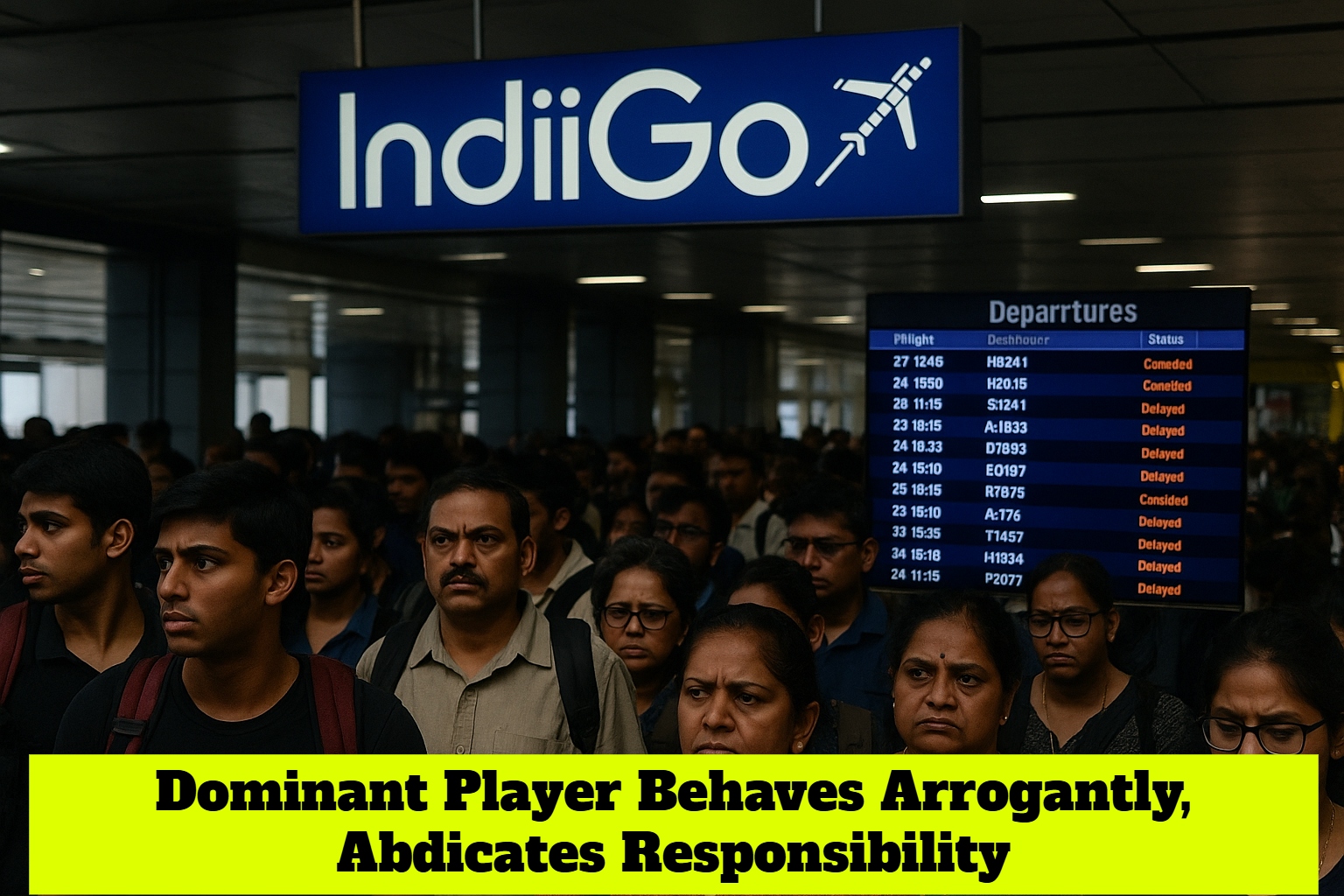

By Our Editorial Team
First publised on 2024-01-19 04:15:17
The Annual Status of Education Report (ASER) for 2023, facilitated by Pratham, is out and it provides an excellent insight into what India can do further to improve learning outcomes. This time, the report focuses on 14-18-year-olds in rural areas, the group whose overall development is crucial if India is to unlock its demographic dividend. What the report, conducted across 28 districts in 26 states tapping 34745 respondents, shows is that while there has been a slight improvement in arithmetic abilities, language skills have gone down marginally. The report has also confirmed that the feared increase in school dropout due to economic distress because of Covid disruptions has not happened - it is good to note that more students are taking up secondary education and, as the report says, "today more children in India have more years of schooling than ever before".
While more children in school for more years is good, it cannot be an end in itself. Learning outcomes matter more. In this respect, the report notes that the surveyed group grapples with simple division, something they should have mastered when they were in grade 4. 43.3% of them could not solve simple division sums (up from 39.5% in 2022). Further, 73.3% could not read class 2 level text in their own language. While this percentage has gone up and down marginally over the years, if two-thirds of youth do not have reading abilities much below their age level, it means gaps in teaching processes. Further, 42.7% of them could not read simple sentences in English. This is distressing.
The report also found that children in rural areas are not able to focus on learning as they have to work in family farms or help in household chores. But hearteningly, it was found that more rural girls than boys aspire to study beyond Class XII and the gender-based gap between boys and girls in school has also narrowed. Based on the concurrent survey which found that 95% of households surveyed had smartphones, ASER suggests supplementing school education with digital delivery of properly crafted lessons. But the problem is that the smartphone is used more for household entertainment and the device might not be made available to children for learning.
The report also shows that vocational skilling is not the first choice for youth as only 6% are currently enrolled for such courses. If India is to get the optimum benefit of its huge young population, it has to, like China, reform its technical and vocational education, as has been envisaged in the National Education Policy, 2020, along with increasing digital delivery of educational content for rural youth.
Lead picture courtesy: asercentre.org











